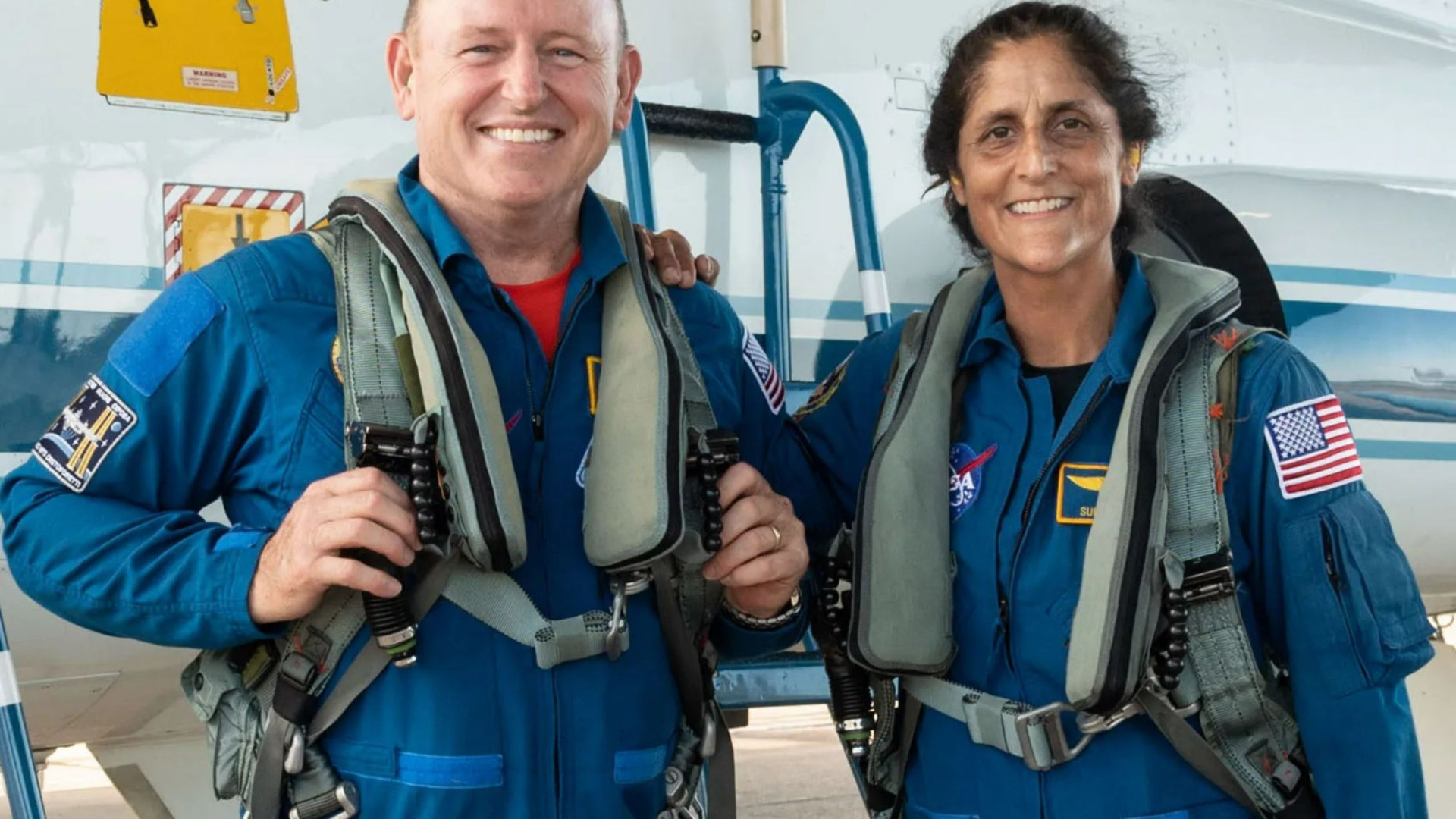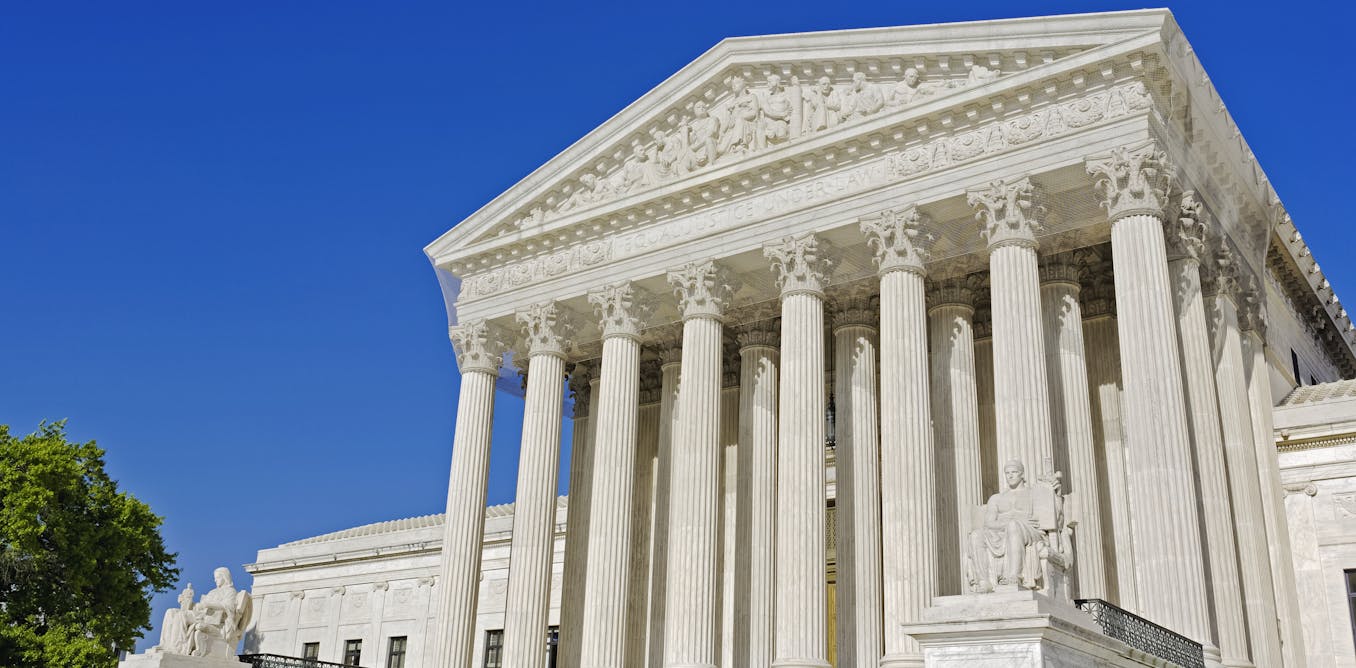NASA astronauts stranded in space have received chilling news about their return to Earth.
Suni Williams and Butch Wilmore were left trapped after they rode a faulty Boeing capsule into orbit more than two months ago.

4

4
Crews on Earth are scrambling to fix the issue but it was revealed yesterday that the pair may not come back home until February 2025.
The US space agency shared a contingency plan that would launch a two-person crew on SpaceX’s Crew-9 mission in September, but still wouldn’t bring the crew home until months later.
The astronauts were originally scheduled to return to Earth on June 13 after spending no more than a week on the ISS.
But Boeing’s Starliner spacecraft encountered numerous problems during the 25-hour flight, triggering a two-week extension to their stay.
But the astronauts have now been in space for 62 days as thruster failures and helium leaks prompted experts to keep them in orbit for longer over fears a trip back on the spacecraft could end in disaster.
Last week Boeing said that it “remains confident in the Starliner spacecraft and its ability to return safely with crew.”
However, experts told DailyMail.com in June that NASA could be forced to launch a rescue mission, suggesting Elon Musk’s SpaceX would be tapped to get it done.
Starliner departed from Florida’s Cape Canaveral on June 5 in what would be its first crewed flight.
However, engineers quickly ran into problems, identifying five separate helium leaks to the spacecraft’s thruster system.
Nasa announced that it would delay the return flight to give engineers time to diagnose the issues, which seemed partially resolved during a test on June 15.
“We are taking our time and following our standard mission management team process,” Steve Stich, manager of Nasa’s Commercial Crew Program, said at a media conference at the time.
“We are letting the data drive our decision making relative to managing the small helium system leaks and thruster performance we observed during rendezvous and docking.”
Mark Nappi, Boeing’s Starliner program manager, described the error-prone helium system as “manageable” despite “not working like we designed it”.
“So we’ve got to go figure that out,” he said.
What is the ISS?
Here’s what you need to know about the International Space Station…
- The International Space Station, often abbreviated to ISS, is a large space craft that orbits Earth and houses astronauts who go up there to complete scientific missions
- Many countries worked together to build it and they work together to use it
- It is made up of many pieces, which astronauts had to send up individually on rockets and put together from 1998 to 2000
- Ever since the year 2000, people have lived on the ISS
- Nasa uses the station to learn about living and working in space
- It is approximately 250 miles above Earth and orbits around the planet just like a satellite
- Living inside the ISS is said to be like living inside a big house with five bedrooms, two bathrooms, a gym, lots of science labs and a big bay window for viewing Earth
The Nasa team is reviewing future return opportunities following the station’s two planned spacewalks on June 24 and July 2.
“We are strategically using the extra time to clear a path for some critical station activities while completing readiness for Butch and Suni’s return on Starliner and gaining valuable insight into the system upgrades we will want to make for post-certification missions,” Stitch said.
Wilmore and Williams are assisting with station operations as needed while Starliner remains docked at the ISS.
They join the seven-member Expedition 71 crew, who have been stationed at the ISS since April, exploring neuro-degenerative diseases, space botany, and more.
“The crew’s feedback has been overwhelmingly positive, and they know that every bit of learning we do on the Crew Flight Test will improve and sharpen our experience for future crews,” Nappi said.

4

4




